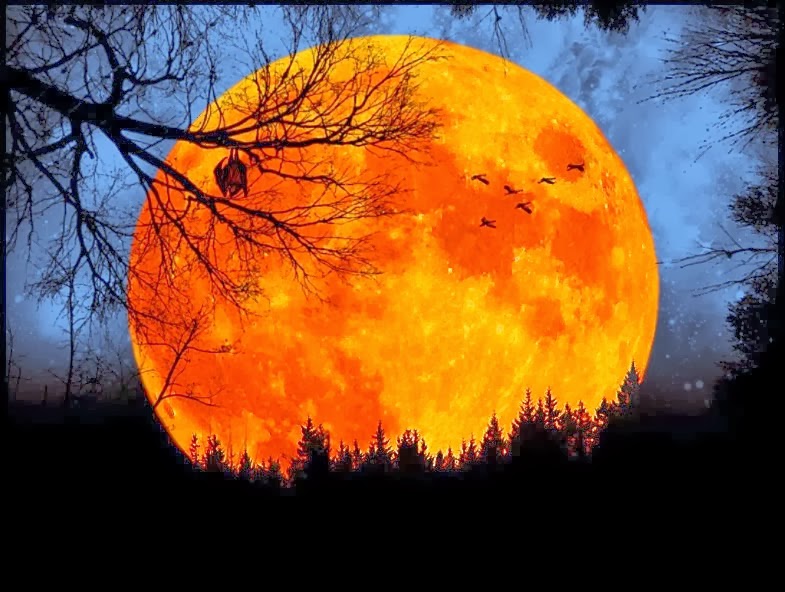
The first night of 2014 also brings with it the first lunar phenomenon of the year: a new moon that’s also a supermoon. It’s one of two supermoons in January (the other is January 30) and one of five for the whole year.
What is a supermoon? When the moon orbits slightly closer to Earth than on average, NASA states. Typically, it’s most visible when the moon is full, but that’s not the only time it can occur. In fact, given that the upcoming event is a new moon, we’ll barely be able to see its light at all — no matter how late we celebrate into the night.
Does note that people in parts of North America farthest west and those on islands in the Pacific may have some visibility, but only through binoculars. “By the time the s“On the day of new moon, the moon rises when the sun rises. It sets when the sun sets. It crosses the sky with the sun during the day,” according to EarthSky. In other words, the moon hides in shadows behind the sun’s glare; plus, we’re not seeing its lighted hemisphere. “On the other hand, if you were on the moon looking at Earth, you’d see a full Earth,” the site reports.
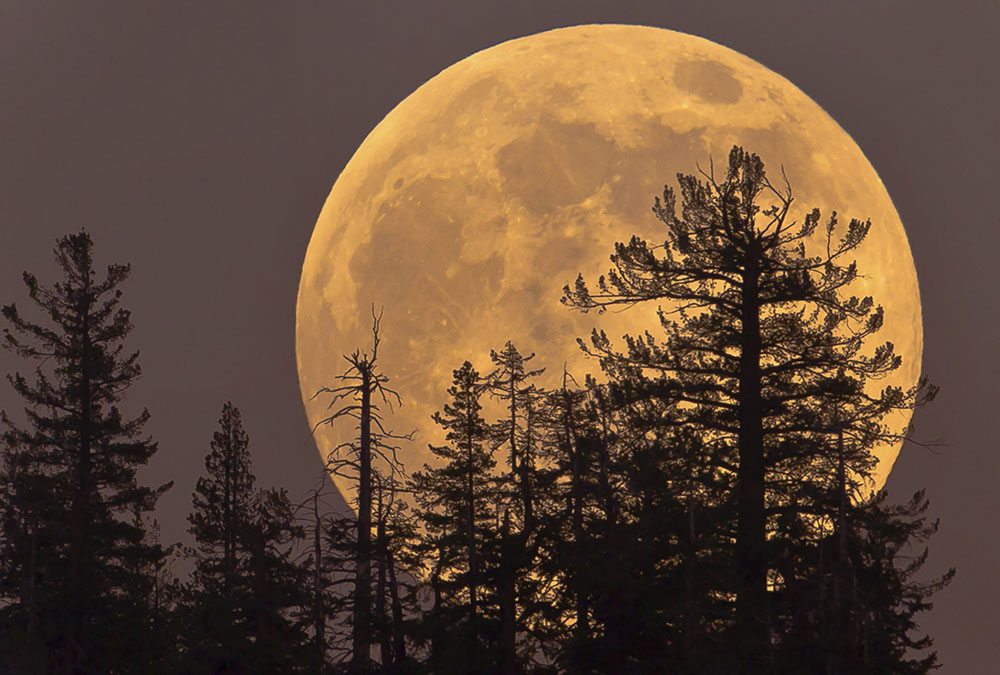
Un sets there, the moon will have had time to pull some distance away from the sun on the sky’s dome,” it reports.
The full Earth as viewed from the near side of the moon at instant of new moon (2014 January 30 at 21:39 Universal Time)
sun
Around each new moon (left) and full moon (right) – when the sun, Earth, and moon are located more or less on a line in space – the range between high and low tides is greatest. These are called spring tides. Image via physicalgeography.net
“On the day of new moon, the moon rises when the sun rises. It sets when the sun sets. It crosses the sky with the sun during the day,” according to . In other words, the moon hides in shadows behind the sun’s glare; plus, we’re not seeing its lighted hemisphere. “On the other hand, if you were on the moon looking at Earth, you’d see a full Earth,” the site reports.

does note that people in parts of North America farthest west and those on islands in the Pacific may have some visibility, but only through binoculars. “By the time the sun sets there, the moon will have had time to pull some distance away from the sun on the sky’s dome,” it reports.
Tides in some places will also be higher. “When the sun, moon and Earth are in alignment (at the time of the new or full moon), the solar tide has an additive effect on the lunar tide,” according to NOAA, “creating extra-high high tides, and very low, low tides — both commonly called spring tides.” Unless a severe weather event accompanies the high tides, however, don’t expect anything dramatic to happen from the lunar effect.
Sadly, the January 30 supermoon is also a new moon, so same deal: no viewing pleasure. On August 10, however — the closest supermoon of the year — the lunar event coincides with a full moon, creating what will look like a huge, low ball of light in the sky.

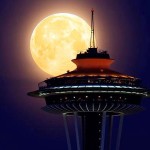
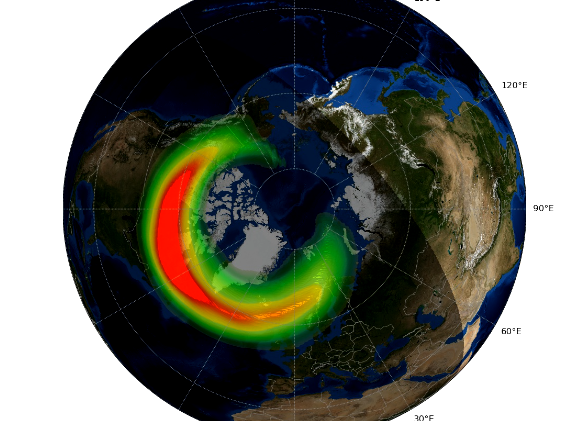
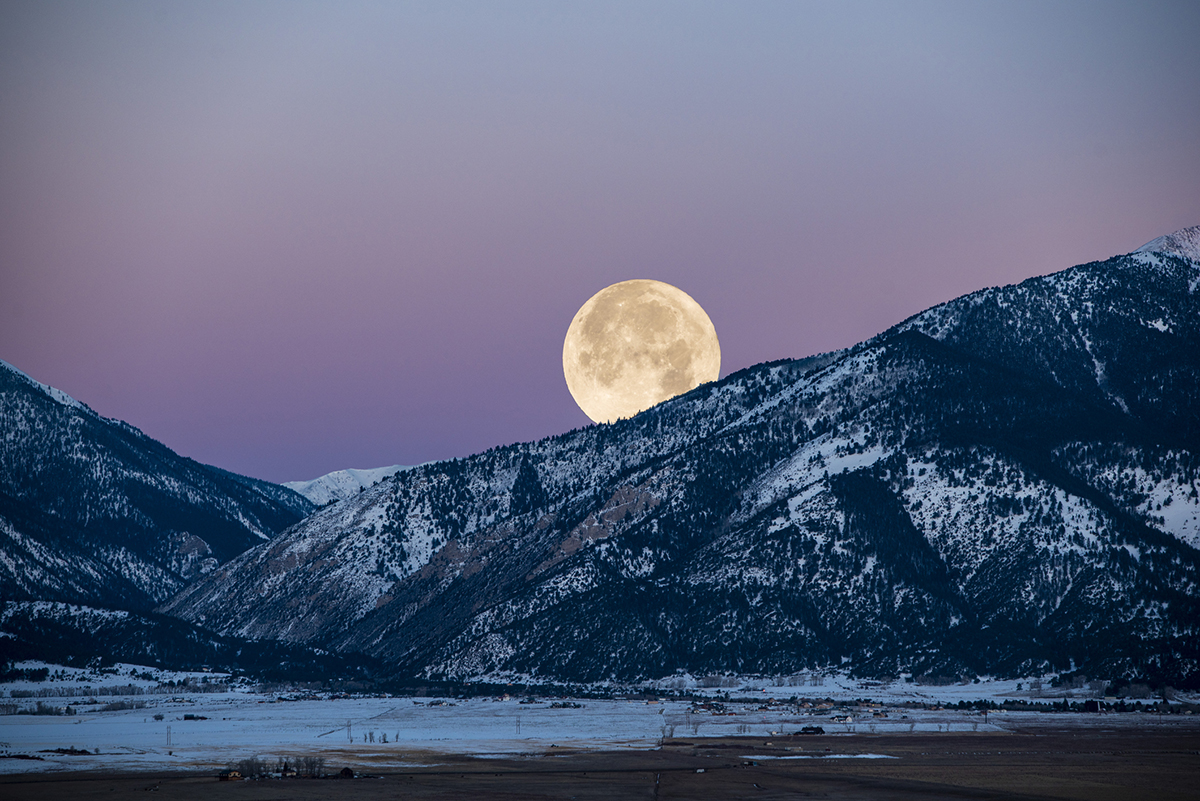
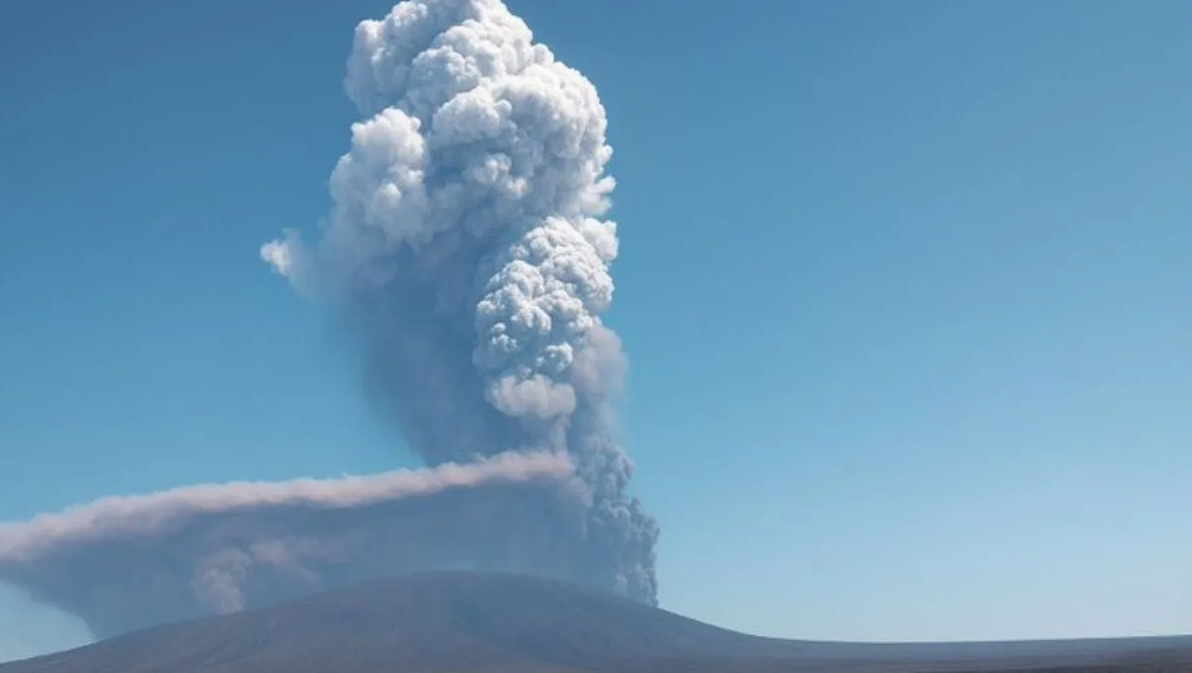
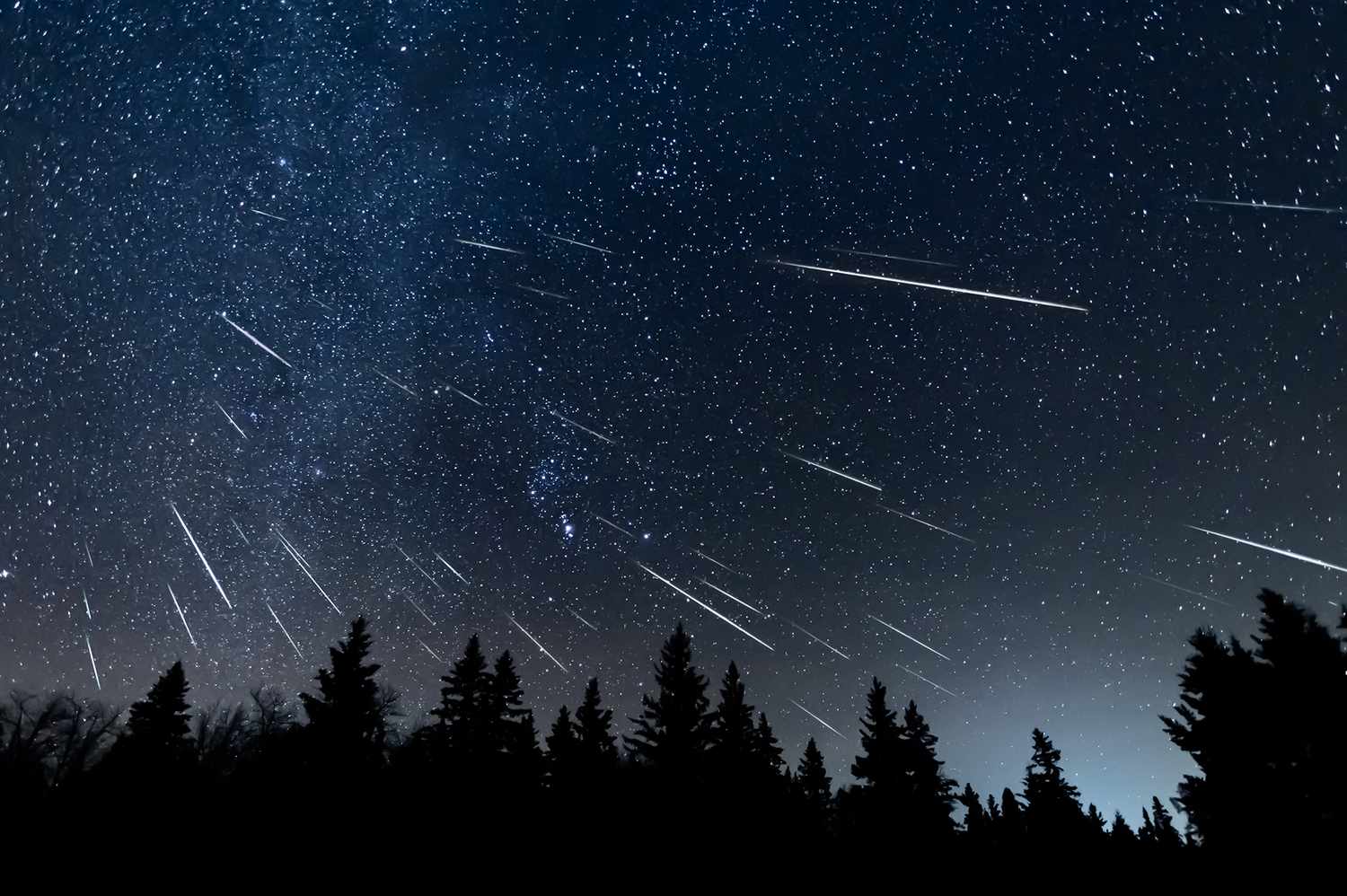
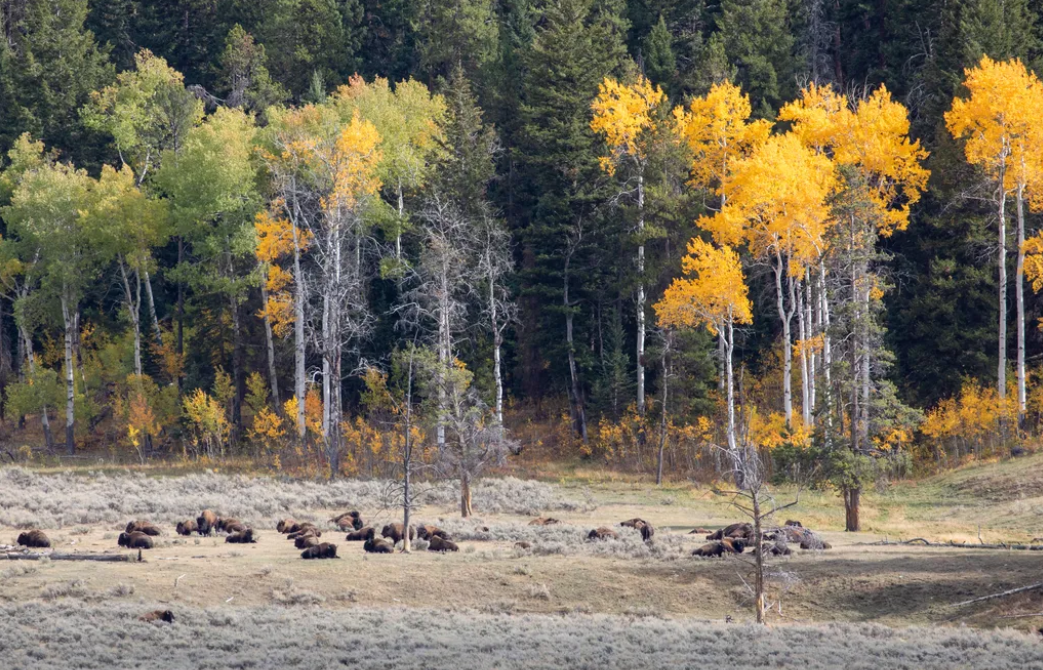

 Photographer Finds Locations Of 1960s Postcards To See How They Look Today, And The Difference Is Unbelievable
Photographer Finds Locations Of 1960s Postcards To See How They Look Today, And The Difference Is Unbelievable  Hij zet 3 IKEA kastjes tegen elkaar aan en maakt dit voor zijn vrouw…Wat een gaaf resultaat!!
Hij zet 3 IKEA kastjes tegen elkaar aan en maakt dit voor zijn vrouw…Wat een gaaf resultaat!!  Scientists Discover 512-Year-Old Shark, Which Would Be The Oldest Living Vertebrate On The Planet
Scientists Discover 512-Year-Old Shark, Which Would Be The Oldest Living Vertebrate On The Planet  Hus til salg er kun 22 kvadratmeter – men vent til du ser det indvendigt
Hus til salg er kun 22 kvadratmeter – men vent til du ser det indvendigt  Superknepet – så blir snuskiga ugnsformen som ny igen!
Superknepet – så blir snuskiga ugnsformen som ny igen!  Meteorite That Recently Fell in Somalia Turns Out to Contain Two Minerals Never Before Seen on Earth
Meteorite That Recently Fell in Somalia Turns Out to Contain Two Minerals Never Before Seen on Earth  Nearly Frozen Waves Captured On Camera By Nantucket Photographer
Nearly Frozen Waves Captured On Camera By Nantucket Photographer  It’s Official: Astronomers Have Discovered another Earth
It’s Official: Astronomers Have Discovered another Earth 